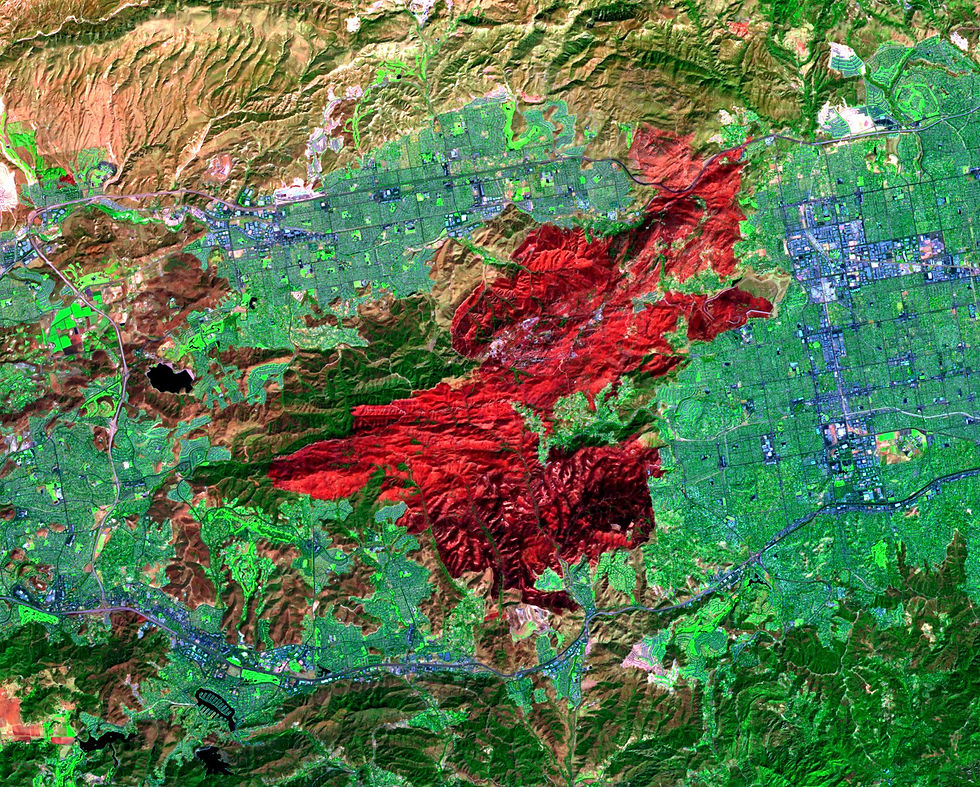Mineral exploration and evaluation is defined in the 2008 SNA (System of National Accounts) as a category of activity leading to the creation of an intellectual property asset, separate from R&D (European Commission et al., 2009; OECD, 2009). The activity of mineral exploration and evaluation adds to the knowledge of subsoil deposits in specific locations for the purpose of their economic exploitation. It includes the acquisition of exploration rights as well as topographical, geological, geochemical and geophysical studies, and trenching, sampling and evaluation activities.
The Frascati manual makes a strict separation between R&D and mineral exploration. However, some links with R&D can be found. For example, a number of geological tests undertaken in the context of R&D projects can provide initial evidence for exploration and mining companies to follow up with exploitation-driven exploration efforts, which are not R&D. R&D may also be required to develop new test and drilling techniques that the mining industry can draw on for its exploration and routine activities. Mining and prospecting sometimes cause problems owing to a linguistic confusion between research for new or
substantially improved resources (food, energy, etc.) and the search for existing reserves of natural resources, a confusion that blurs the distinction between R&D and surveying and prospecting.
In theory, in order to establish accurate R&D data, the following activities should be identified, measured and summed:
● the development of new surveying methods and techniques
● surveying undertaken as an integral part of a research project on geological phenomena
● research on geological phenomena, undertaken as a subsidiary part of surveying and prospecting programmes.
In practice, the last of these presents a number of problems. It is difficult to frame a precise definition that would be meaningful to respondents to national surveys. For this reason, only the following activities should be included in R&D:
● the development of new or substantially improved methods and equipment for data acquisition and for the processing and study of the data collected and for the interpretation of these data
● surveying undertaken as an integral part of an R&D project on geological phenomena, including data acquisition, processing and interpretation undertaken for primarily scientific purposes.
It follows that the surveying and prospecting activities of commercial companies will be almost entirely excluded from R&D. For example, the sinking of exploratory wells to evaluate technological services is not R&D.



コメント